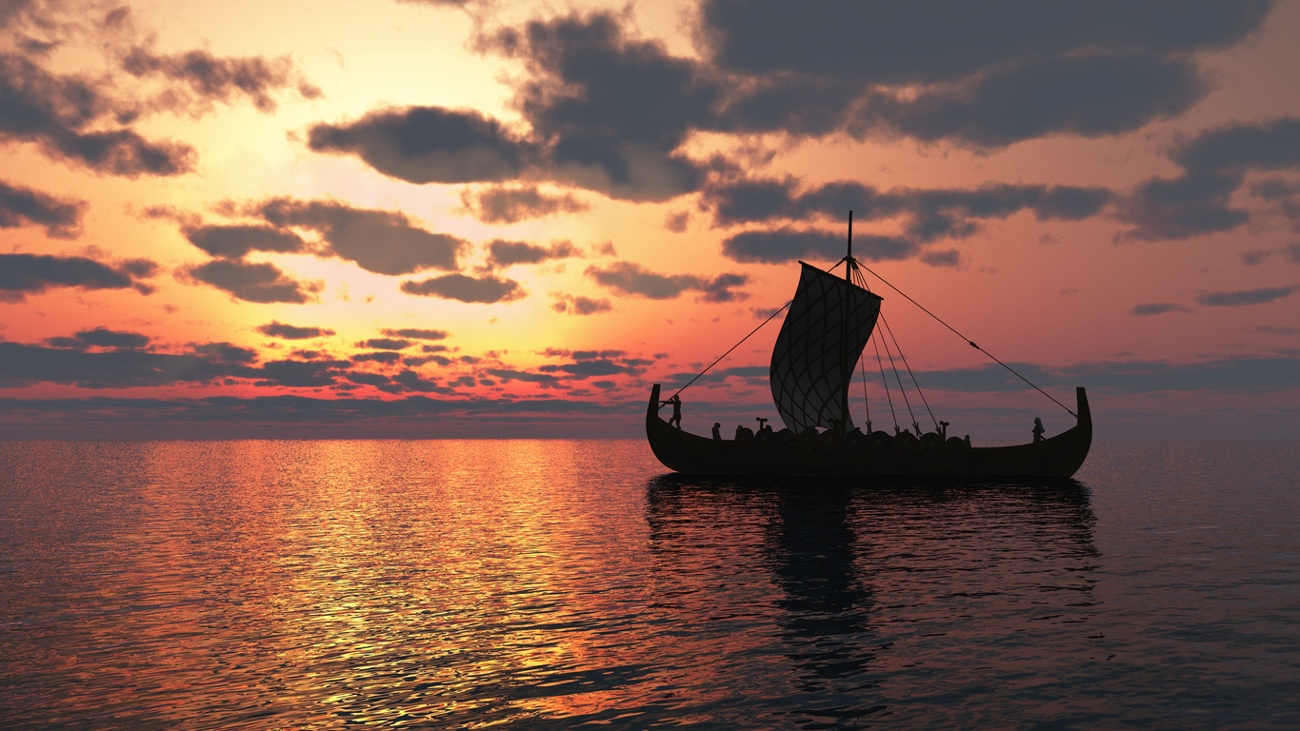
Rising seas drove the Vikings out of Greenland
The abrupt disappearance of the Vikings from Greenland in the mid-15th century has long been a mystery to historians. Several theories have been proposed to explain why they abandoned a successful settlement, including drought, changes in temperatures, social instability, and overhunting for walrus tusks, a highly valued luxury good in medieval Europe.
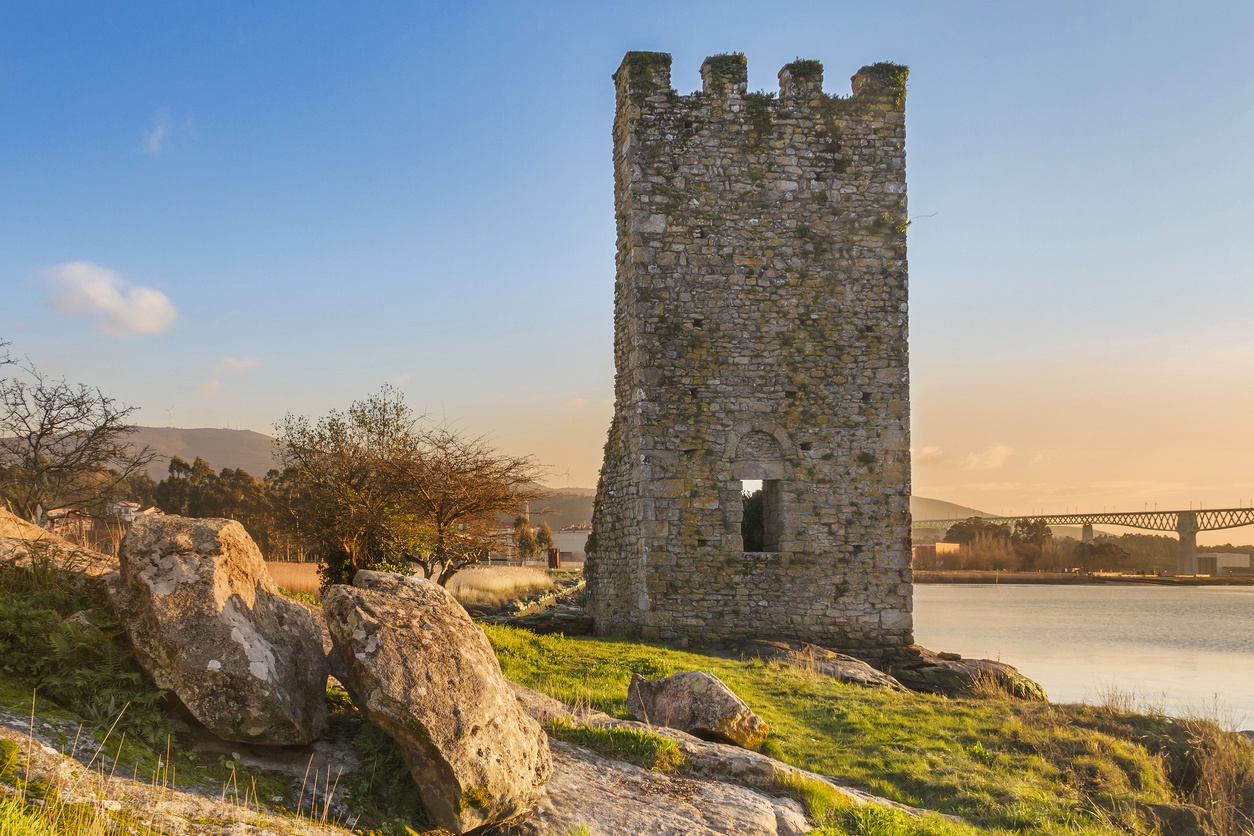
A rise of up to three meters
Now, a team of researchers from Harvard University and Pennsylvania State University believe they have discovered another key factor that could explain the departure of the Vikings: rising sea levels. Using a computer model based on geological and climatic records, the team found that sea levels would have risen by as much as 3 meters during the four centuries of Norse occupation of the eastern settlement in Greenland, established in 985 AD.

204 square kilometers of land flooded
Researchers estimate that 204 square kilometers of land would have been inundated during the time the Vikings were there, which would have made the Norse communities more vulnerable to storms and coastal erosion as they also lost fertile lowlands. The loss of habitable land would have been compounded by a trend from warmer to colder and drier temperatures in Europe, eventually leading to what is known as the Little Ice Age, which began around 1250 AD.
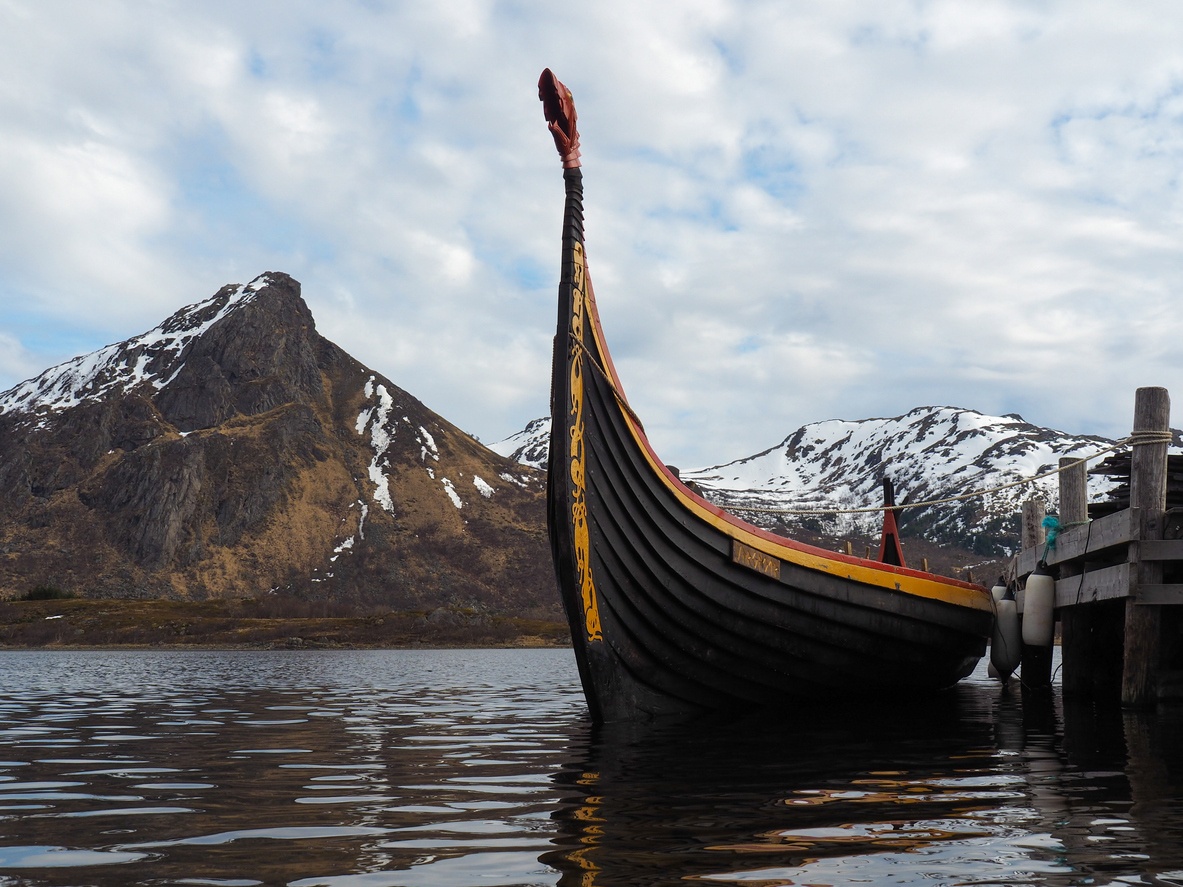
Change in the diet of the Viking settlers.
A study detailing the findings was published Monday in the scientific journal PNAS. The shift in the diet of Viking settlers away from terrestrial foods such as livestock and toward marine resources such as fish and seals may also have been caused by the loss of land suitable for growing crops.
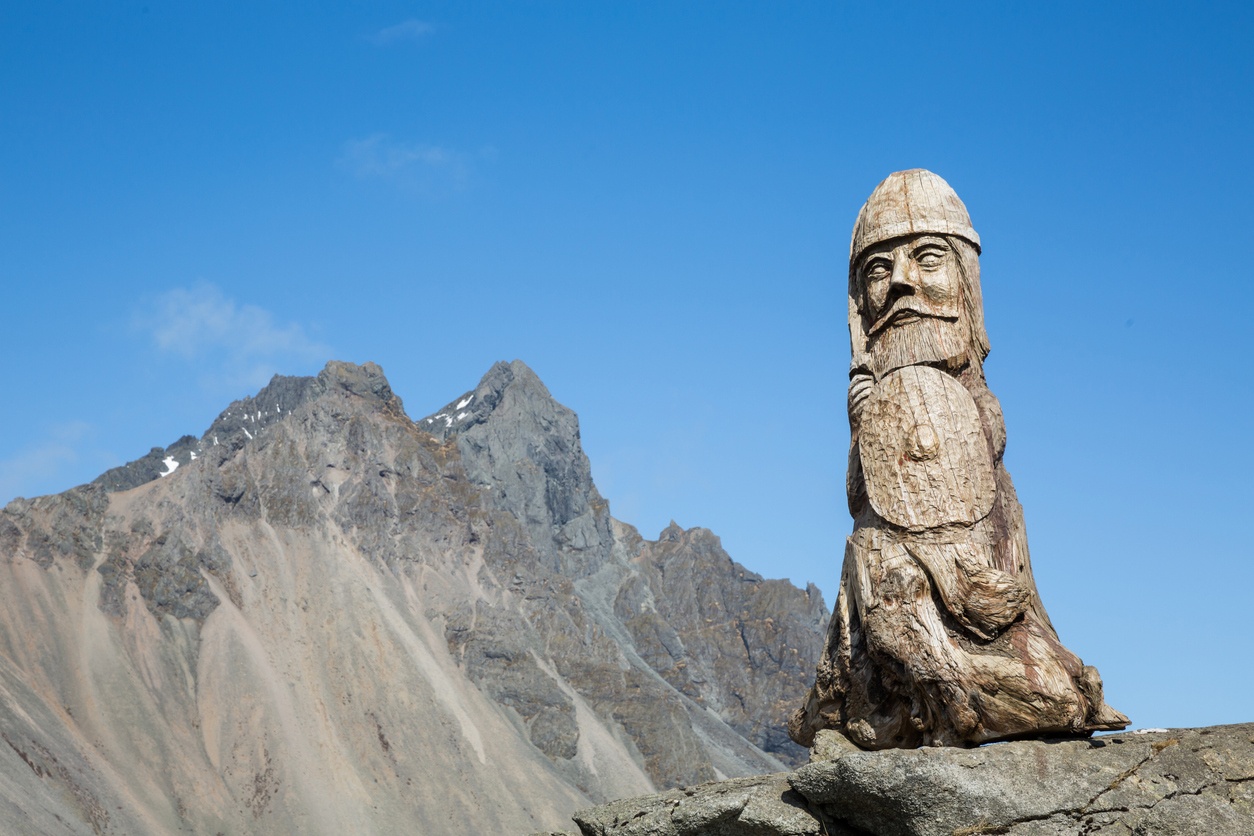
Changes in sea level do not affect all areas equally
The idea that sea levels were rising while temperatures were falling is somewhat counterintuitive, according to the researchers. Normally, colder global temperatures are associated with declining sea levels. However, the Earth’s oceans are not like a bathtub, and the study points out that sea level changes do not affect all areas equally.
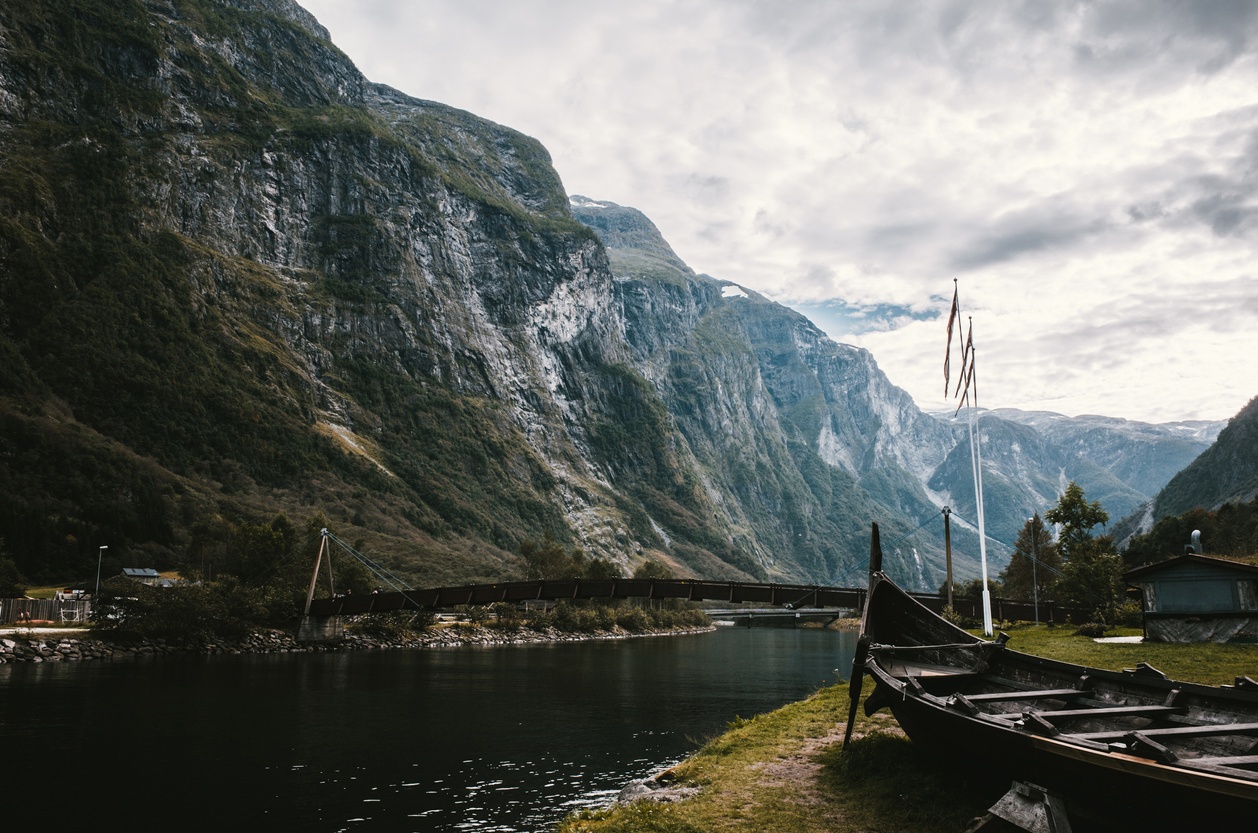
Peak of the Little Ice Age
The Norse settlement would have been subject to two components of sea-level change, as it was located on the periphery of the Laurentide Ice Sheet, which covers Canada, the northeastern United States and the Arctic, and the Greenland Ice Sheet. The Greenland Ice Sheet was revived during the Viking occupation of the eastern settlement and peaked in the Little Ice Age. That advance caused a rise in sea level near the ice margins due to subsidence of the Earth’s crust, according to the study.






